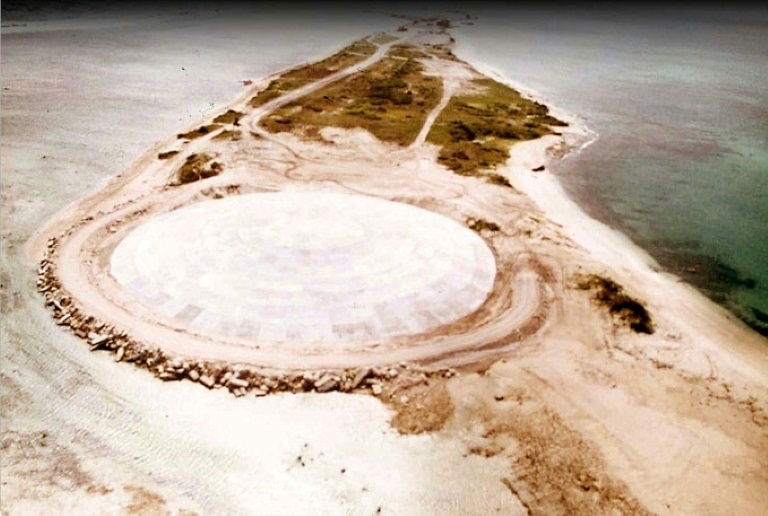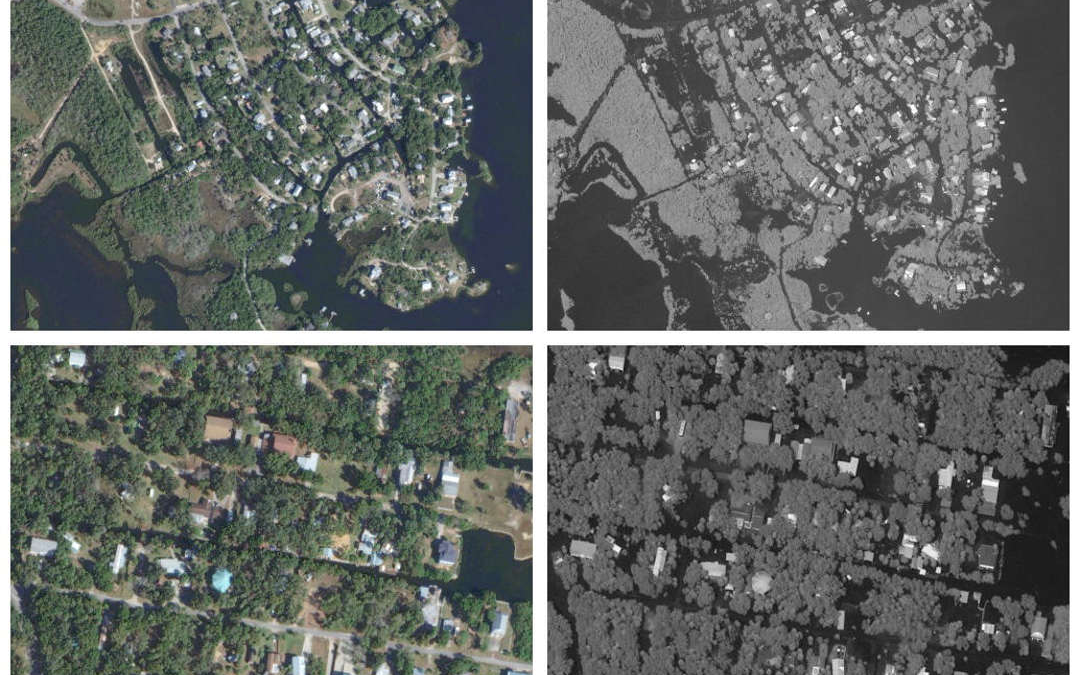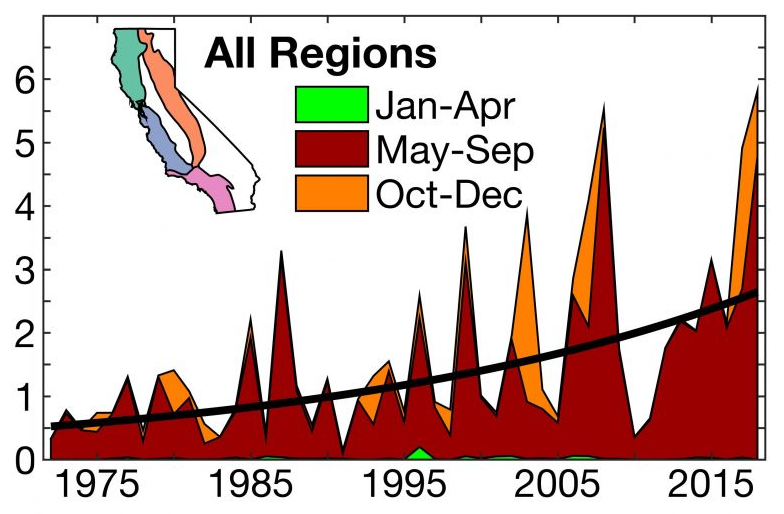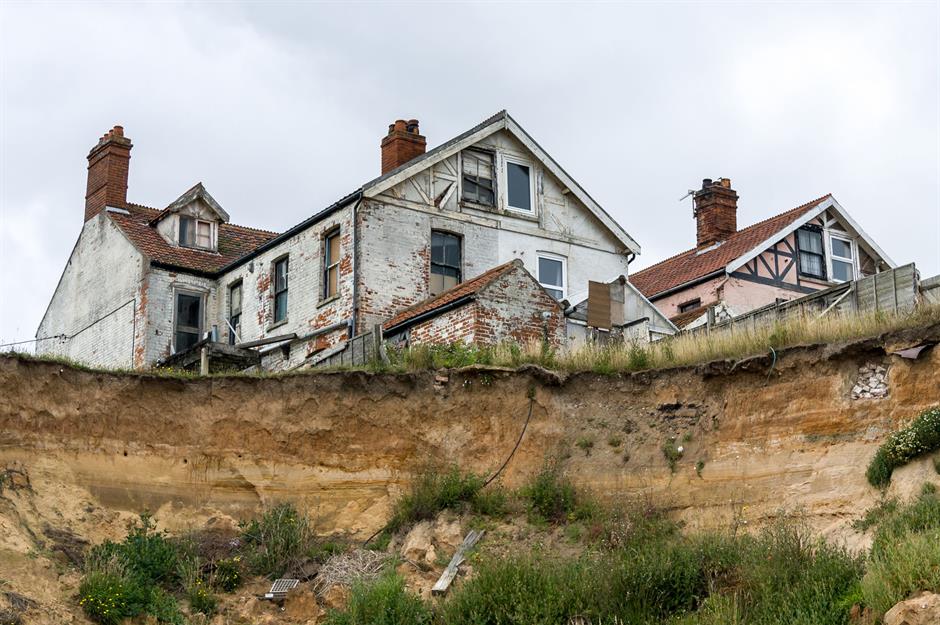Fears Pacific nuclear bomb waste site is leaking – “We pray that the Runit dome does not eventually become our coffin”

26 May 2019 (AFP) – As nuclear explosions go, the U.S. “Cactus” bomb test in May 1958 was relatively small — but it has left a lasting legacy for the Marshall Islands in a dome-shaped radioactive dump.
The dome — described by a UN chief Antonio Guterres as “a kind of coffin” — was built two decades after the blast in the Pacific ocean region.
The U.S. military filled the bomb crater on Runit island with radioactive waste, capped it with concrete, and told displaced residents of the Pacific’s remote Enewetak atoll they could safely return home.
But Runit’s 45-centimetre (18-inch) thick concrete dome has now developed cracks.
And because the 115-metre wide crater was never lined, there are fears radioactive contaminants are leaching through the island’s porous coral rock into the ocean.
The concerns have intensified amid climate change. Rising seas, encroaching on the low-lying nation, are threatening to undermine the dome’s structural integrity.
Jack Ading, who represents the area in the Marshalls’ parliament, calls the dome a “monstrosity”.
“It is stuffed with radioactive contaminants that include plutonium-239, one of the most toxic substances known to man,” he told AFP.
“The coffin is leaking its poison into the surrounding environment. And to make matters even worse, we’re told not to worry about this leakage because the radioactivity outside of the dome is at least as bad as the radioactivity inside of it.” […]
A 2013 inspection commissioned by the US government suggested radioactive fallout in the Enewetak lagoon sediment was already so high a catastrophic failure would not necessarily result in locals receiving increased dosages of radiation. […]
Ading said the situation was “a constant source of anxiety for the people of Enewetak”.
“We pray that the Runit dome does not eventually become our coffin,” he said. [more]


